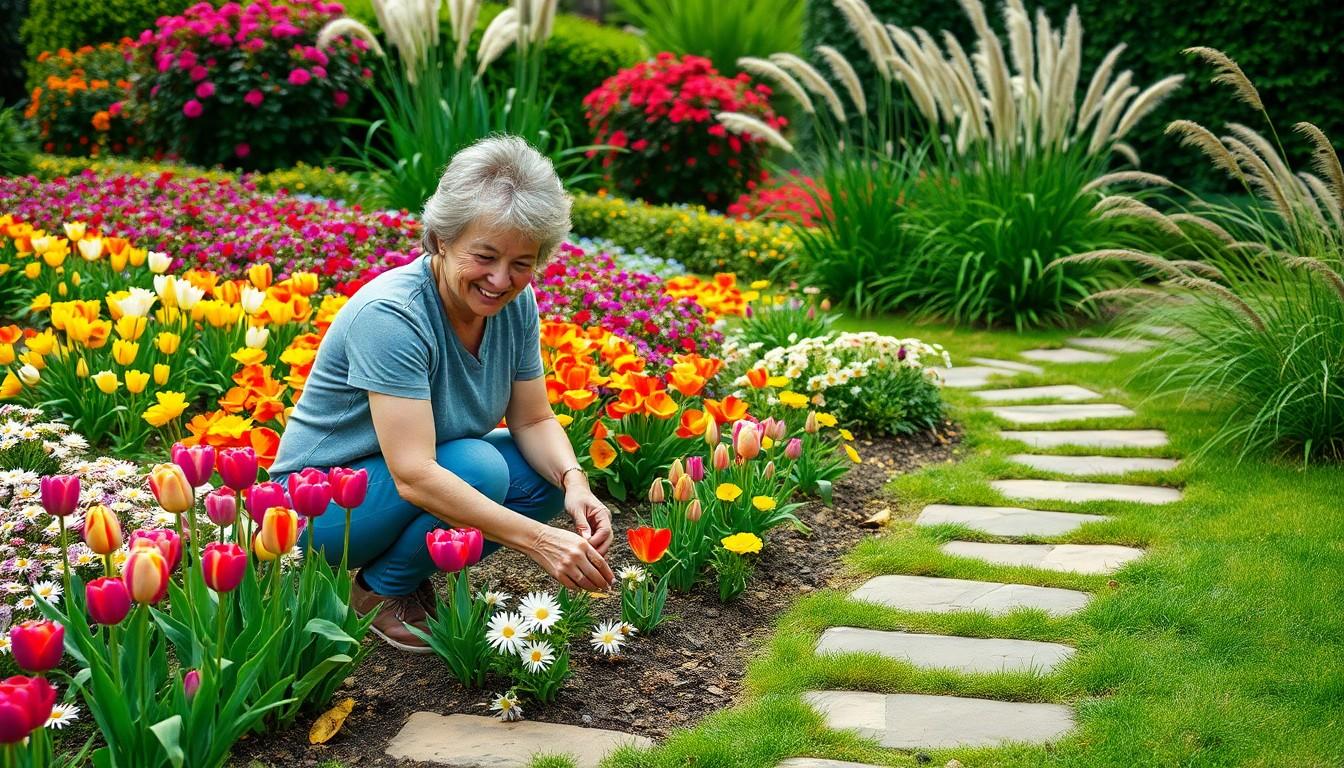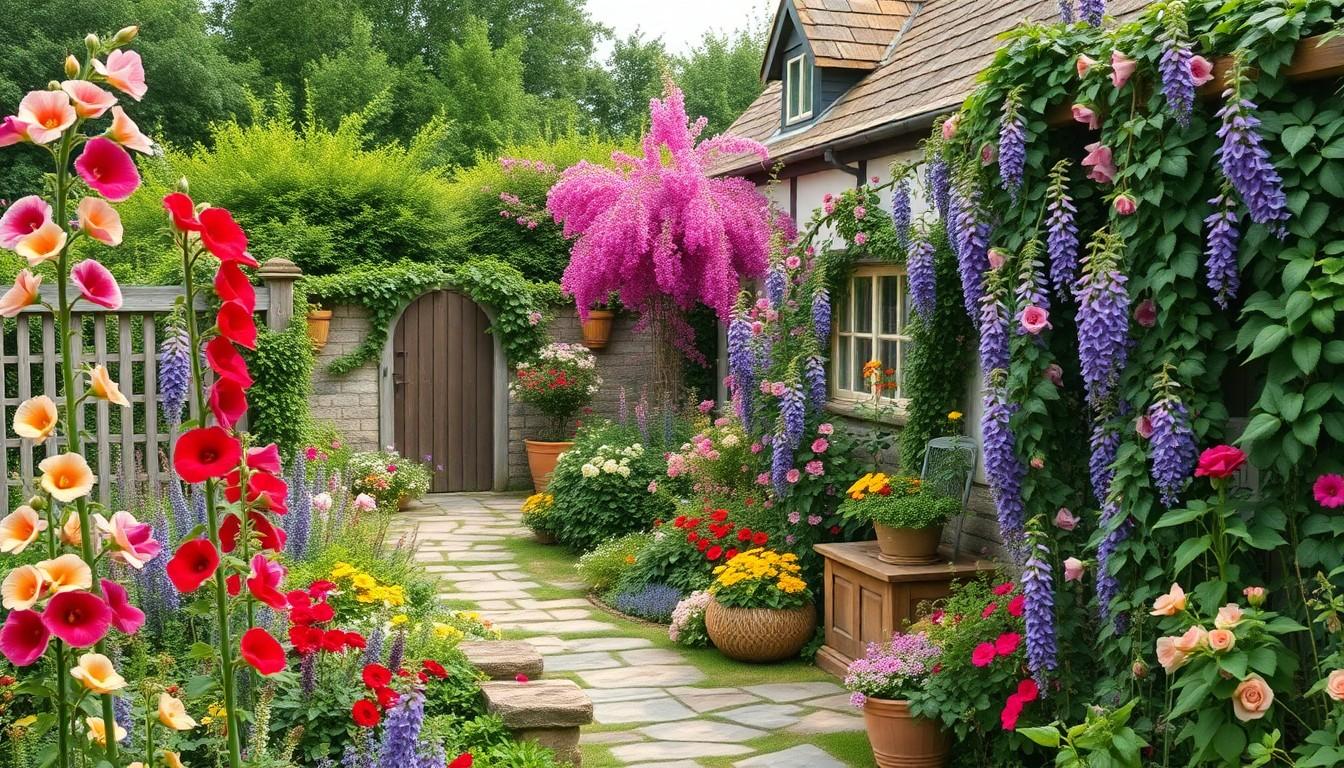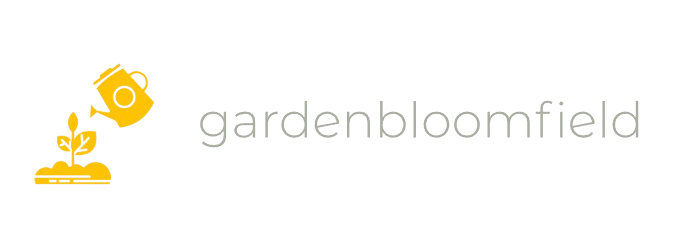The Best Fluffy Pancakes recipe you will fall in love with. Full of tips and tricks to help you make the best pancakes.

Flower Garden Design Ideas: Transform Your Space with Stunning Floral Inspirations
Imagine stepping into a vibrant oasis where colors dance and fragrances flirt with the senses. A well-designed flower garden isn’t just a patch of dirt; it’s a masterpiece waiting to bloom. With the right ideas, anyone can transform their outdoor space into a floral wonderland that even Mother Nature would envy.
Flower Garden Design Ideas
Incorporating various flower types enhances visual appeal. Choose a mix of perennials and annuals for year-round interest. Planting bold colors alongside soft pastels creates stunning contrasts.
Utilizing layered planting adds depth to the garden. Position taller flowers toward the back and shorter ones at the front. This strategy ensures that every bloom catches the eye.
Incorporating pathways made of stones or mulch invites exploration. Use winding paths to guide visitors through the garden. Strategic placement of seating areas encourages longer stays in lush surroundings.
Highlighting focal points with eye-catching features draws attention. Use sculptures, birdbaths, or raised beds to create visual interest. Flowers with varying heights also function as natural focal points.
Creating themed garden areas offers unique experiences. Consider cottage garden styles for a romantic feel, incorporating wildflowers. Tropical themes can include exotic plants for a vibrant atmosphere.
Including seasonal blooms ensures ongoing color changes. Spring-flowering bulbs, like tulips and daffodils, provide early pops of color. Summer favorites, such as sunflowers and zinnias, maintain vibrant displays throughout warmer months.
Employing texture adds another layer of intrigue. Mix flowering plants with ornamental grasses for movement. Varieties like lamb’s ear or hostas introduce contrasting leaf shapes.
Integrating native plants supports local ecosystems. Choose flowers that attract pollinators, like bees and butterflies. This design idea promotes environmental health while enhancing beauty.
Maintaining a cohesive color palette provides harmony. Select a limited number of shades that complement each other effectively. Balanced color choices create a serene environment.
Traditional Flower Garden Styles

Traditional flower garden styles feature classic designs that evoke timeless beauty. These styles often reflect historical influences and regional characteristics.
English Cottage Gardens
English cottage gardens encompass an informal and romantic aesthetic. These gardens typically combine a mix of perennials, annuals, and edible plants. Common flowers include hollyhocks, roses, and foxgloves, creating a charming ambiance. Accessibility comes from winding paths made of stone or gravel, inviting exploration. Colorful blooms thrive alongside climbing vines and rustic fences, enhancing the garden’s appeal.
Formal Garden Layouts
Formal garden layouts emphasize symmetry and structure. Straight pathways guide visitors through neatly organized flower beds. Geometric shapes define flower arrangements, often using boxwood hedges for borders. Flowers like tulips, peonies, and hydrangeas contribute to the orderly appearance. Statues or fountains often serve as focal points, enhancing the elegance of the space. Attention to detail in plant selection increases visual impact and ensures a polished look.
Modern Flower Garden Inspirations
Modern flower gardens embrace simplicity and elegance, focusing on clean lines and intentional design. Many gardens draw inspiration from minimalist principles.
Minimalist Approaches
Less truly becomes more in minimalist flower gardens. Clean designs incorporate a limited selection of plants, emphasizing shapes and textures. Often, a single type of flower shines in a sea of greenery, making a strong visual impact. Spaces contain only essential elements, allowing each plant to stand out. Pathways may consist of gravel or stone, guiding visitors without distraction. The result creates calm, inviting retreats.
Contemporary Color Schemes
Bold colors dominate contemporary flower gardens, showcasing an exciting palette. Contrasting shades, such as deep purples paired with bright yellows, create stunning visual effects. Unexpected combinations encourage exploration and engagement with the landscape. Many gardeners opt for monochromatic themes to provide a cohesive look while maintaining interest with varied plant heights. Strategic positioning of colorful blooms invites attention to specific areas within the garden. These dynamic schemes transform ordinary spaces into vibrant floral displays.
Seasonal Flower Selection
Selecting flowers according to the seasons enhances the visual appeal of the garden throughout the year. Each season offers unique blooms that can create stunning displays.
Spring Blooming Flowers
Tulips thrive in spring, providing a vibrant pop of color. Daffodils add brightness with their cheerful yellow blooms. Hyacinths emit a sweet fragrance and come in various colors, while pansies offer a delicate touch with numerous color options. Incorporating these flowers ensures a lively and inviting atmosphere as nature awakens.
Summer Favorites
Roses stand out as summer favorites, showcasing a variety of hues and sizes. Sunflowers dominate the summer landscape with their towering presence and sunny disposition. Zinnias flourish in vibrant colors, while petunias offer an ongoing bloom with their low maintenance. These selections provide rich textures and visual interest during the warm months.
Autumn Delights
Chrysanthemums, or mums, become the stars of autumn with their diverse colors and sizes. Asters bloom beautifully, attracting pollinators to the garden. Ornamental grasses add height and movement, complementing warm-toned flowers. These choices accentuate the rich hues of fall while extending the garden’s visual life into the season.
Enhancing Your Flower Garden Design
Enhancing a flower garden design involves thoughtful elements that elevate beauty and functionality. Incorporating various features creates a vibrant and inviting space.
Incorporating Hardscapes
Incorporating hardscapes adds structure and interest to flower gardens. Paths made from stones or bricks can guide visitors through a garden while creating defined areas. Patios or seating areas offer places for relaxation amidst blooms. Raised beds introduce new visual levels and improved accessibility for gardening tasks.
Retaining walls help manage soil and create distinct planting zones. Additionally, decorative elements like arbors or trellises support climbing plants, enhancing verticality. These features interweave practical and aesthetic qualities, enriching the overall design.
The Role of Focal Points
The role of focal points is crucial for directing attention and creating visual interest. Strategically placed sculptures or water features capture the eye and enhance the garden’s theme. Bold flower arrangements or unique plantings can also serve as stunning centerpieces.
Incorporating colorful containers or statement plants draws the gaze and offers surprises at various garden spots. The use of these elements helps create vistas that invite exploration, transforming ordinary spaces into delightful experiences. Seasonal displays around focal points ensure continuous appeal, keeping the garden engaging throughout the year.
Creating a flower garden is an exciting journey that allows for personal expression and creativity. With thoughtful design choices and a variety of plants, anyone can cultivate a stunning space that offers beauty and tranquility. Whether opting for a traditional English cottage style or a sleek modern design, the possibilities are endless.
Incorporating seasonal flowers and unique focal points not only enhances visual appeal but also invites exploration and engagement. By blending colors, textures, and hardscapes, a flower garden can become a vibrant sanctuary that evolves with the seasons. Embrace the art of flower gardening and watch as it transforms your outdoor space into a breathtaking oasis.
